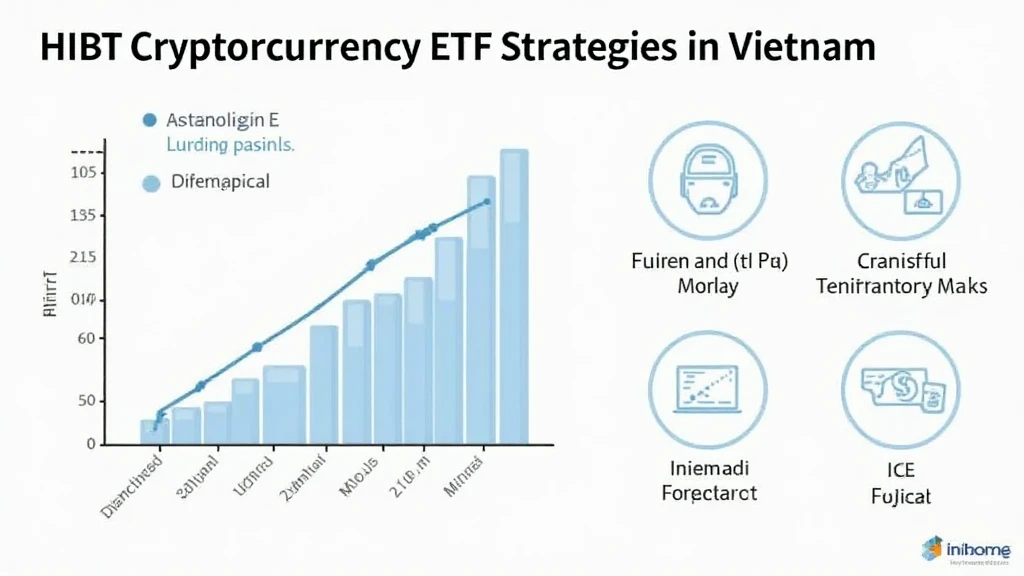Understanding MicroStrategy’s Bitcoin Institutional Growth
In recent years, one of the most prominent names in the institutional adoption of Bitcoin has been MicroStrategy. With its aggressive strategy of accumulating Bitcoin as a primary treasury reserve asset, this business intelligence company has influenced not only its own outlook but also that of other institutions considering similar investments. The growth of Bitcoin adoption among institutional investors is a trend that cannot be ignored, particularly as we approach 2025, a year that experts predict will be pivotal for cryptocurrency.
MicroStrategy’s Strategic Position on Bitcoin
MicroStrategy first revealed its plans to invest in Bitcoin in August 2020, acquiring over 21,000 BTC, a move that caught the attention of financial markets worldwide. This step was not merely a speculative venture but part of a comprehensive strategy to hedge against the inflation affecting traditional fiat currencies. By the beginning of 2021, MicroStrategy had amassed more than 90,000 BTC, garnering significant media attention and prompting a wave of interest from other institutional investors.
As stated by Michael Saylor, the CEO of MicroStrategy, “We believe that Bitcoin is a superior asset class, and our strategy is built to capitalize on its potential.” This bold declaration illustrates the company’s commitment to Bitcoin and its belief in the cryptocurrency’s value proposition as a store of value.

Impact on Market Sentiment
MicroStrategy’s substantial Bitcoin holdings have had a cascading effect on institutional sentiment towards cryptocurrency. According to a survey by Fidelity in 2023, 55% of institutional investors were open to investing in Bitcoin, a significant increase compared to previous years. MicroStrategy’s example demonstrates how a major corporate player taking a stance on Bitcoin can impact market perceptions and influence decisions across sectors.
Analyzing the Institutional Growth Dynamics
With MicroStrategy leading the charge, the landscape for institutional investment in Bitcoin has evolved rapidly. As more companies follow suit, certain dynamics shape the institutional growth of Bitcoin:
- Regulatory Clarity: As regulations surrounding cryptocurrencies evolve, institutional players gain confidence. Countries like Vietnam, with a reported user growth rate of over 50% in 2022, are seeing a rise in institutional participation due to increasing regulatory clarity.
- Technological Advancements: The blockchain technology supporting Bitcoin continues to develop. Secure wallets and custody services have emerged, catering to institutional needs, thereby addressing security concerns.
- Market Education: Enhanced understanding of Bitcoin’s utility and potential as an inflation hedge is vital for institutional adoption. Companies like MicroStrategy offer insights and frameworks for assessing this digital asset.
Case Study: MicroStrategy’s Bitcoin Playbook
MicroStrategy’s approach to Bitcoin serves as an educational model for other companies. They have publicly detailed their acquisition strategy, demonstrating how to scale Bitcoin investments while managing risks. Their commitment, even in the face of price volatility, exemplifies a long-term investment perspective, which many institutions may consider adopting.
The Role of Vietnam in the Bitcoin Institutional Landscape
As we analyze global trends in Bitcoin adoption, it is crucial to spotlight emerging markets like Vietnam. The Vietnamese cryptocurrency market has witnessed incredible growth, highlighted by over 500,000 new crypto users in 2023 alone. Local companies and financial institutions are increasingly looking at Bitcoin as an asset for diversification.
Notably, educational initiatives around blockchain and cryptocurrency have surged, further driving interest among institutional investors. Cryptocurrencies, including Bitcoin, are being integrated into financial products aimed at both retail and institutional clients.
Challenges Ahead for Institutional Adoption
Despite promising momentum, several challenges still loom over Bitcoin’s institutional growth:
- Market Volatility: Bitcoin’s notorious price swings can be a deterrent for institutions hesitant to engage with such a volatile asset.
- Security Concerns: Instances of hacks and theft in the crypto ecosystem raise questions about the safety of digital assets.
- Understanding of Blockchain: While awareness is growing, many institutional players still lack thorough knowledge of how blockchain technology and cryptocurrencies operate.
Future Outlook: MicroStrategy and Institutional Bitcoin Growth
As we move towards 2025, MicroStrategy’s role in advocating for Bitcoin adoption is likely to continue shaping institutional investment trends. They have already set a precedent by establishing Bitcoin as an asset on corporate balance sheets, a strategy that many corporations may begin to emulate.
The projected rise in Bitcoin’s value, combined with institutional acceptance, may lead to an unprecedented influx of capital into the cryptocurrency space. Insights from MicroStrategy’s actions and philosophies will undoubtedly be critical resources for institutions navigating this evolving landscape.
In conclusion, MicroStrategy’s decisive moves have not only redefined its corporate identity but also served as a catalyst for institutional growth within the Bitcoin ecosystem. Their influence underscores the importance of clarity, education, and strategic positioning in fostering a robust environment for cryptocurrency investment.
As we continue to monitor the evolution of Bitcoin and its institutional implications, it is crucial for stakeholders to remain agile and informed. The future remains promising, with institutions increasingly recognizing Bitcoin as a legitimate asset.
Conclusion
In summary, MicroStrategy’s strategic investment in Bitcoin signifies a milestone for institutional growth in the cryptocurrency landscape. This trend is evolving rapidly, particularly as markets in regions like Vietnam continue to flourish and as institutional players become increasingly open to adopting innovative financial practices. By embracing these changes, we can anticipate a future where Bitcoin is not only an asset but a cornerstone of institutional finance.





